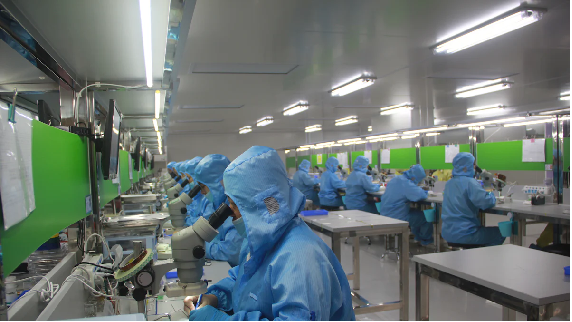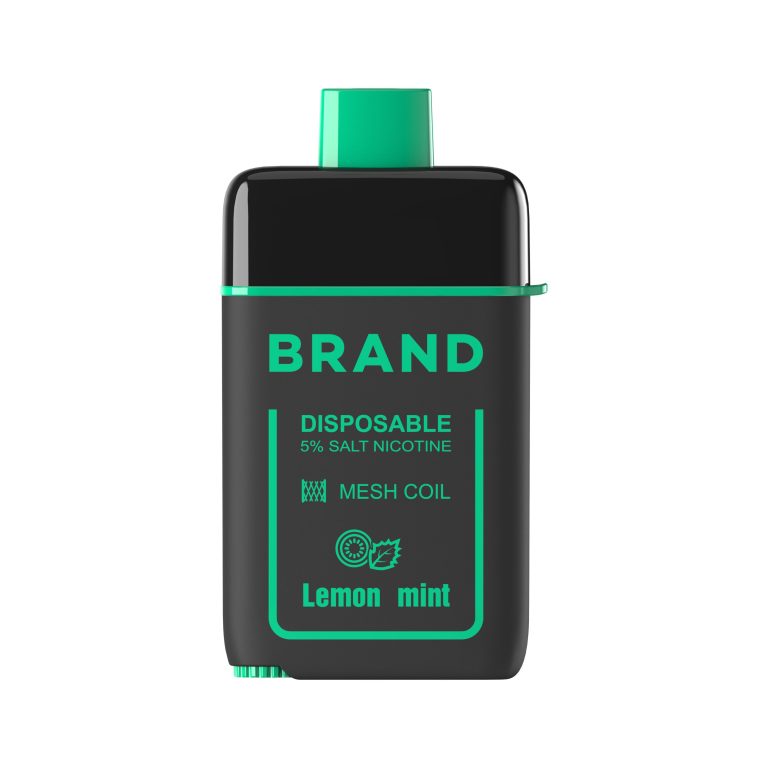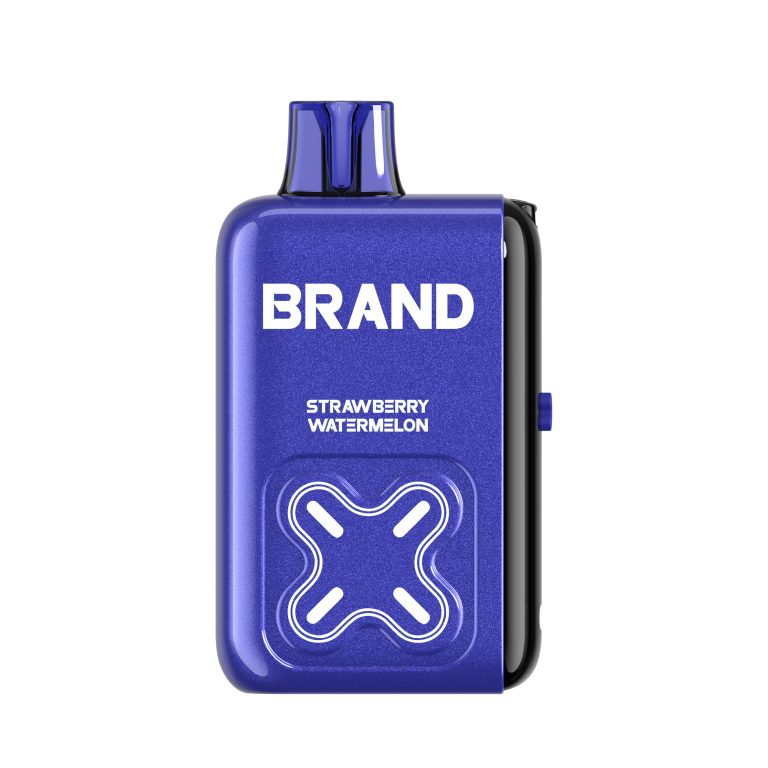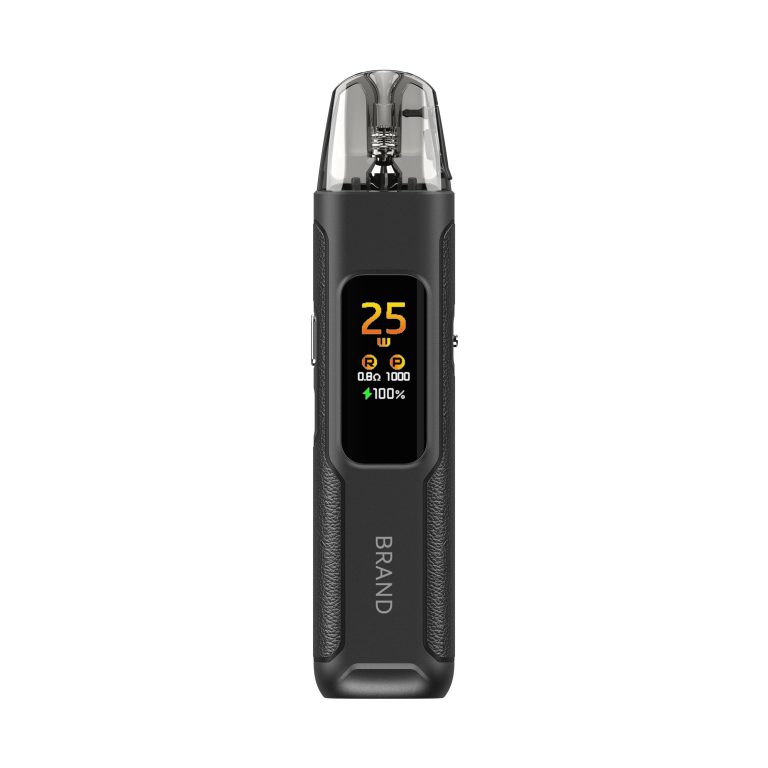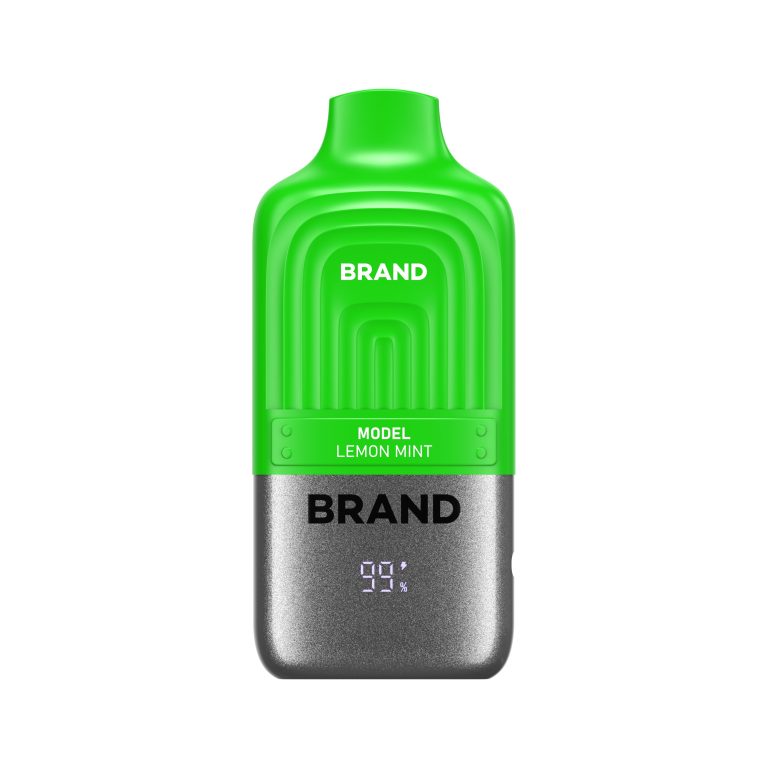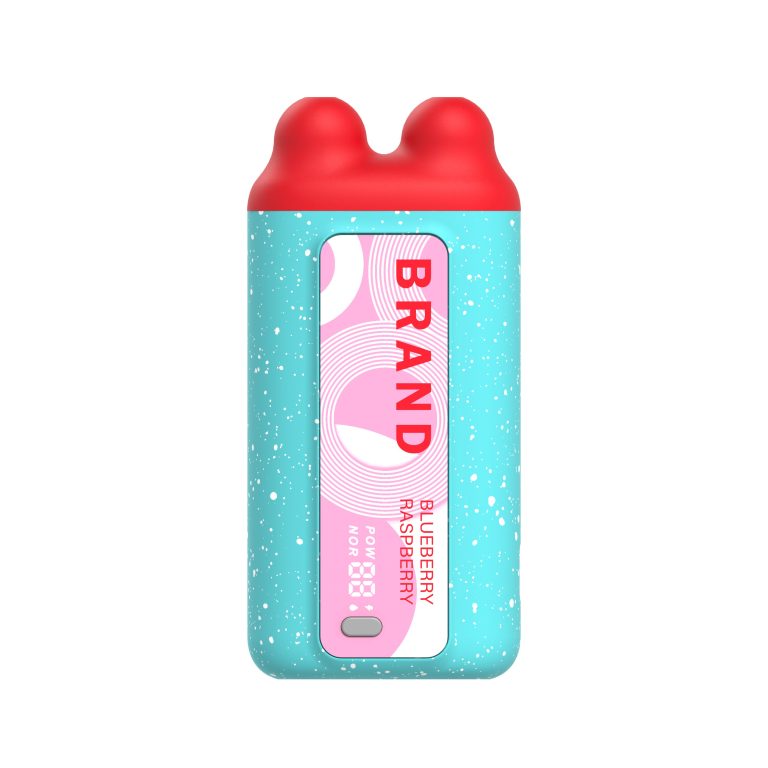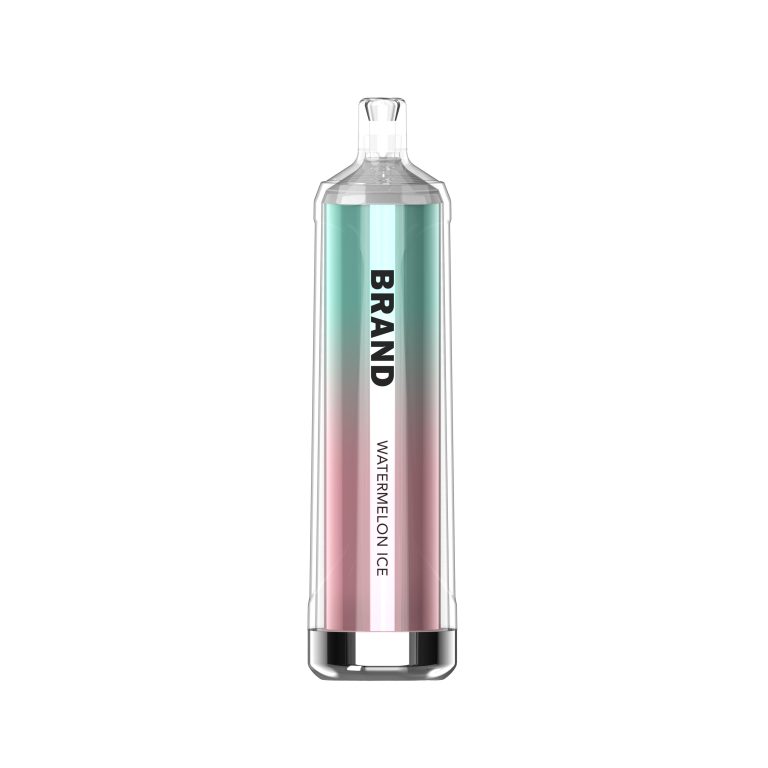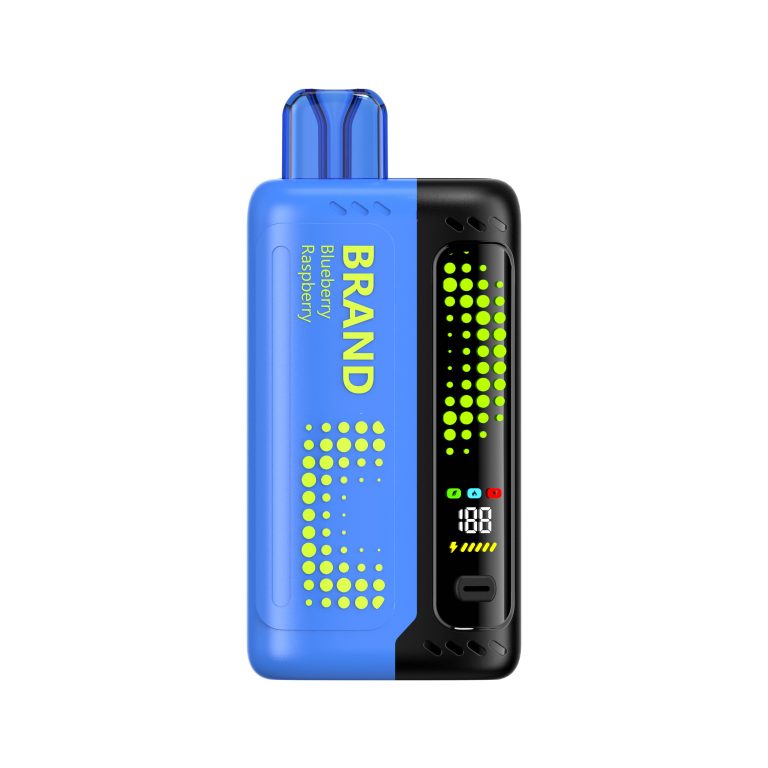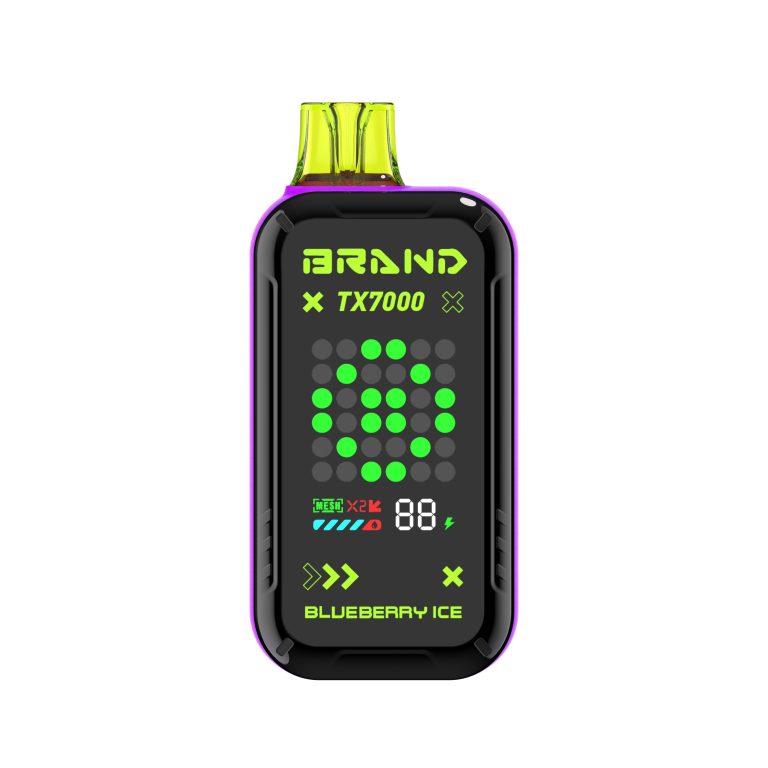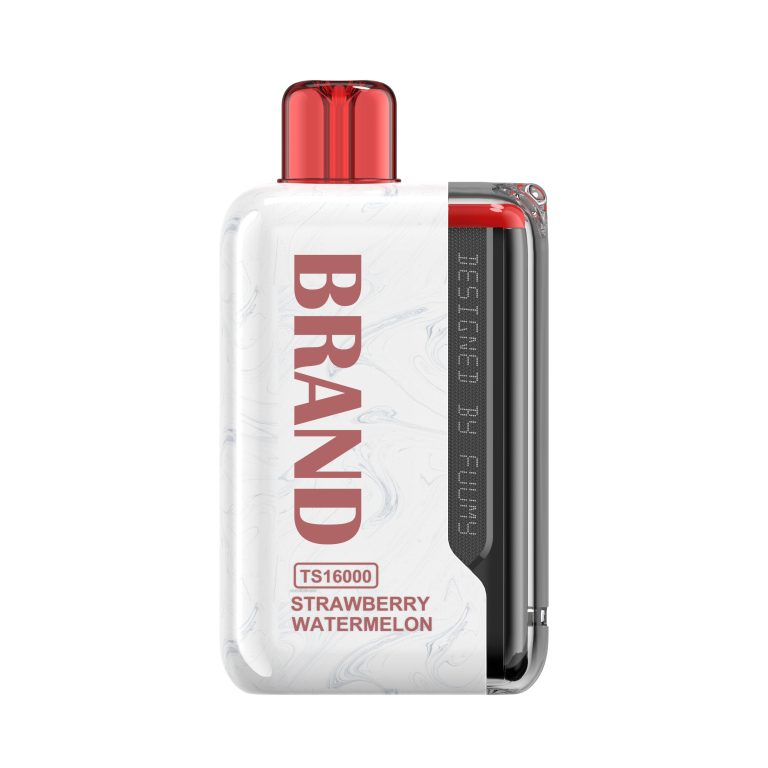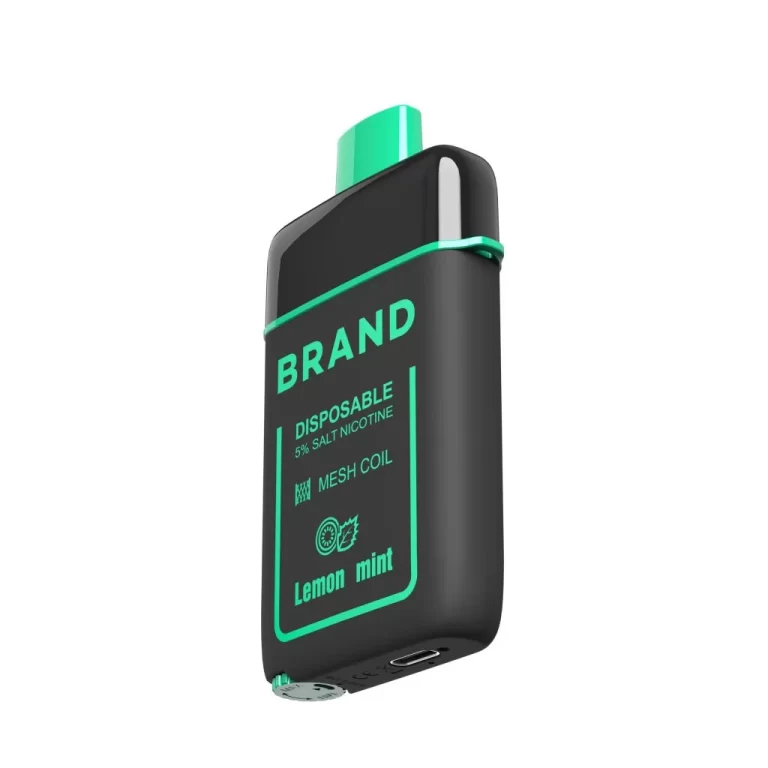The Basics of Disposable Vape Production
Understanding the Demand
The demand for disposable vapes has surged in recent years, driven by the rise of vaping culture and evolving market trends. E-cigarettes have become increasingly popular among younger generations, with 27% of Millennial/Generation Y respondents in the U.S. and 17% in Japan using e-cigarettes. This trend is further evidenced by a 46.6% increase in e-cigarette unit sales between January 2020 and December 2022. Additionally, during the onset of the pandemic, 56.4% of young Americans reported a change in their usage of e-cigarettes, reflecting a significant shift in consumer behavior.
Moreover, flavored tobacco products have played a substantial role in driving demand, with 85% of high school students and 74% of middle school students using flavored tobacco products within a 30-day period. This has led to an increase in youth use of e-cigarette products, as reported by the FDA.
Overview of the Manufacturing Process
The manufacturing process for disposable vapes encompasses various stages from concept to consumer. Manufacturers are leveraging advanced technology to streamline production and meet the escalating demand for these products. Industry reports from Mordor Intelligence™ and Grand View Research highlight robust growth and consumer demand for diverse flavors, driving manufacturers to innovate with larger capacity tanks, higher coil voltage, and dripping configurations.
Disposable e-cigarettes have notably captured a significant share of the market, accounting for about 53% of e-cigarette unit sales in the U.S., with consumers purchasing approximately 11.9 million disposable e-cigarettes each month according to estimates by the CDC Foundation.
How Disposable Vapes Are Manufactured?
Disposable vapes are manufactured through a meticulous process that involves several key steps, from sourcing raw materials to the final touches and packaging. Let’s take a closer look at each stage of the manufacturing process.
The Initial Steps
Sourcing Raw Materials
The first step in manufacturing disposable vapes is sourcing raw materials. Manufacturers carefully select high-quality components such as lithium batteries, heating coils, e-liquid, and outer casings to ensure the reliability and safety of the end product. These materials undergo rigorous testing to meet industry standards for performance and durability.
Designing the Disposable Vape
Once the raw materials are secured, the next crucial step is designing the disposable vape. This involves creating detailed schematics and prototypes that integrate the selected components into a functional and user-friendly device. Design considerations include ergonomics, ease of use, and aesthetic appeal to cater to diverse consumer preferences.
The Assembly Line
Combining Components into a Cohesive Unit
After finalizing the design, manufacturers move on to combining components into a cohesive unit on the assembly line. Highly specialized machinery is employed to assemble the intricate parts with precision and efficiency. Each component is carefully integrated to ensure seamless functionality and optimal performance.
The E-Liquid Filling Process
One of the critical stages in disposable vape production is the e-liquid filling process. This involves precisely measuring and injecting the desired amount of e-liquid into each device. Automated filling equipment ensures accuracy while maintaining hygienic conditions throughout the process.
Final Touches and Packaging
Quality Checks and Safety Tests
Before reaching consumers, disposable vapes undergo rigorous quality checks and safety tests to verify their performance, consistency, and adherence to regulatory standards. These assessments encompass functionality tests, leak resistance evaluations, battery safety checks, and overall product reliability.
Branding and Packaging for the Market
The final stage involves branding and packaging disposable vapes for the market. Manufacturers focus on creating visually appealing packaging that conveys essential product information while complying with labeling regulations. Branding strategies aim to resonate with target demographics while emphasizing product safety and quality.
Key Components of Disposable Vapes
Disposable vapes consist of several key components that work together to deliver a satisfying vaping experience. Understanding the role and characteristics of each component is essential for consumers and industry enthusiasts alike.
The Battery
The battery serves as the power source for disposable vapes, providing the energy necessary to heat the coil and vaporize the e-liquid. These batteries come in various types and capacities, with lithium-ion batteries being the most commonly used due to their high energy density and rechargeable nature.
Disposable vapes typically utilize compact, lightweight batteries that are integrated into the device’s design. The capacity of these batteries varies depending on the specific model, ranging from 280mAh to 550mAh. Higher capacity batteries offer extended usage time between charges, catering to users who prefer longer vaping sessions without recharging.
The Atomizer and Coil
At the core of vapor production in disposable vapes lies the atomizer and coil assembly. This component is responsible for heating the e-liquid to its vaporization point, creating inhalable aerosols for users. The atomizer consists of a heating element (the coil) surrounded by an absorbent wick that holds the e-liquid.
Materials used in constructing coils include stainless steel, nickel, or Kanthal wire, each offering distinct heating properties and temperature control capabilities. Advanced coil technologies such as mesh coils have gained popularity for their ability to provide consistent heating and enhance flavor production.
E-Liquid: The Flavor Carrier
E-liquid, also known as vape juice or e-juice, acts as the carrier for flavors and nicotine in disposable vapes. It typically comprises a blend of propylene glycol (PG), vegetable glycerin (VG), flavorings, and optional nicotine content. The variety of available flavors ranges from traditional tobacco and menthol to fruit, dessert, and beverage-inspired options.
Nicotine content in e-liquids varies widely to accommodate different user preferences, with concentrations typically ranging from 0mg (nicotine-free) to 50mg/ml. This diversity allows consumers to select e-liquids tailored to their desired nicotine strength while exploring an extensive array of flavors.
Quality Control and Safety Standards
Disposable vape manufacturers prioritize stringent quality control and safety standards to ensure the integrity of their products. This commitment involves adherence to regulatory compliance and the implementation of comprehensive in-house testing procedures.
Ensuring Product Integrity
Regulatory Compliance
Regulatory compliance is a fundamental aspect of disposable vape manufacturing, with legal documents such as the UK MHRA Regulations and TPD (Tobacco Products Directive) setting forth stringent requirements for safety and quality control. These regulations mandate submission and strict controls to ensure that disposable vapes meet legal standards for consumer safety.
The UK MHRA Regulations, in particular, emphasize the submission of detailed documentation and evidence to demonstrate compliance with safety and quality standards. Manufacturers are required to provide comprehensive data on product composition, emissions, toxicology, and behavioral impact assessments. This rigorous process aims to safeguard consumers by ensuring that disposable vapes adhere to established safety benchmarks.
Furthermore, the TPD Regulations impose minimum standards for the safety and quality of all e-cigarettes and refill containers. These standards encompass product design, construction, ingredients, emissions, labeling, packaging, and instructions for use. By complying with these regulations, manufacturers uphold a commitment to delivering safe and reliable disposable vape products to consumers.
In-house Testing Procedures
In addition to regulatory requirements, manufacturers implement robust in-house testing procedures as part of their quality control measures. These procedures involve comprehensive assessments of product performance, consistency, and safety throughout various stages of production.
Quality assurance teams conduct meticulous tests on battery functionality, coil heating efficiency, e-liquid consistency, leak resistance, and overall product reliability. Through rigorous testing protocols, manufacturers can identify potential issues early in the production process and take corrective actions to maintain high product integrity.
Moreover, environmental impact assessments are integral components of in-house testing procedures. Manufacturers evaluate the ecological footprint of their disposable vapes by analyzing waste generation during production processes. This proactive approach aligns with growing concerns about environmental sustainability in the vaping industry.
Consumer Safety First
Addressing Health Concerns
Consumer safety remains a paramount consideration in disposable vape manufacturing. Addressing health concerns associated with vaping is an ongoing priority for industry stakeholders. Manufacturers actively engage in research initiatives aimed at understanding potential health implications related to vaping products.
Studies conducted by independent research organizations have contributed valuable insights into the effects of e-cigarette use on respiratory health and cardiovascular function. These findings inform manufacturers’ efforts to develop safer vaping technologies that mitigate potential health risks associated with long-term usage.
Safety Features and Mechanisms
Disposable vape manufacturers integrate safety features and mechanisms into their products to enhance consumer protection. Innovations such as automatic cutoff systems prevent overheating or overuse of batteries, reducing the risk of thermal incidents or malfunctions. Additionally, leak-resistant designs minimize the likelihood of e-liquid spillage or exposure during usage.
By prioritizing consumer safety through proactive measures and technological advancements, manufacturers demonstrate a steadfast commitment to promoting responsible vaping practices while safeguarding users from potential hazards associated with disposable vapes.
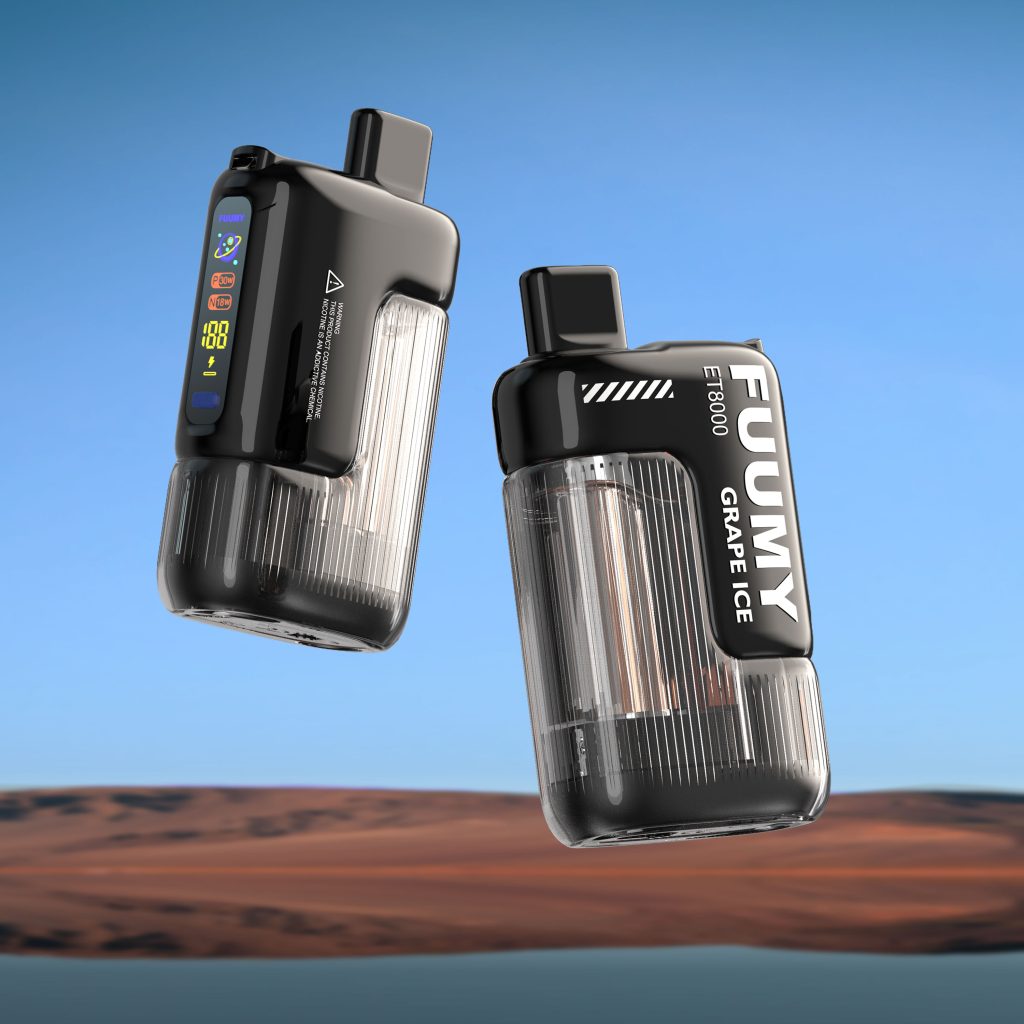
FUUMY Technology (Dongguan) Co.,Ltd.
Fuumy is a renowned name in the vaping industry, known for its advanced technology and high-quality manufacturing processes. The company specializes in the production of disposable vape devices, which are popular for their convenience and ease of use.
Fuumy’s technology is at the forefront of the vaping industry. The company invests heavily in research and development to ensure its products are innovative and meet the highest standards. Fuumy’s disposable vapes feature cutting-edge technology, including high-capacity batteries for extended use, efficient heating elements for smooth and consistent vapor production, and leak-proof designs for a mess-free vaping experience.
The manufacturing process at Fuumy is meticulous and adheres to strict quality control measures. The company sources high-quality materials, including food-grade flavorings and pharmaceutical-grade nicotine, to ensure the safety and satisfaction of its customers. Each disposable vape is assembled with precision, ensuring that every component fits perfectly and functions optimally.
Fuumy’s manufacturing facilities are equipped with advanced machinery and automation systems, allowing for high-volume production without compromising on quality. The company’s skilled technicians oversee the production process, conducting rigorous testing at every stage to ensure each disposable vape meets the company’s high standards.
Fuumy’s commitment to technology and manufacturing excellence is evident in the performance and reliability of its disposable vapes. The company’s dedication to innovation and quality control ensures that every Fuumy disposable vape delivers a satisfying and enjoyable vaping experience. This behind-the-scenes look at Fuumy’s manufacturing process reveals the meticulous attention to detail and commitment to quality that sets the company apart in the vaping industry.
The Environmental Impact of Disposable Vapes
Disposable vapes have raised significant concerns regarding their environmental impact, particularly in terms of waste generation and recycling challenges. The disposal of single-use plastics and lithium-ion batteries, along with the potential hazards they pose to the environment, has become a focal point for environmental advocates and regulatory bodies.
Waste and Recycling Challenges
The Issue of Single-Use Plastics
Studies have highlighted the detrimental effects of disposable vapes on the environment, emphasizing the substantial contribution to plastic waste. The proliferation of single-use plastics in vape cartridges and casings has led to increased littering and environmental pollution. These plastics are challenging to recycle due to their complex composition, further exacerbating their environmental impact.
Battery Disposal and Environmental Hazards
Another critical concern revolves around battery disposal and the associated environmental hazards. Disposable vapes incorporate lithium-ion batteries, which pose significant challenges for proper disposal and recycling. Improper handling of these batteries can result in soil and water contamination, posing risks to ecosystems and wildlife.
Sustainable Practices and Alternatives
Efforts to Reduce Environmental Footprint
Efforts are underway to mitigate the environmental footprint of disposable vapes through sustainable practices and alternatives. Manufacturers are exploring eco-friendly materials for vape casings, such as biodegradable plastics or recyclable options, to minimize the accumulation of non-biodegradable waste in landfills.
Biodegradable and Recyclable Options
In response to growing environmental concerns, there is a concerted push towards developing biodegradable components for disposable vapes. This includes exploring biodegradable materials for vape casings, as well as recyclable options for other components like batteries. By embracing these alternatives, the industry aims to address the challenges posed by traditional disposable vapes while promoting environmentally responsible practices.
The evidence from various studies underscores the urgent need for sustainable solutions in disposable vape manufacturing. As consumer awareness about environmental impact grows, industry stakeholders are increasingly focused on implementing measures that reduce waste generation and enhance recycling capabilities within the vaping sector.
Scientific Research Findings:
- A study titled “Tackling the Environmental Impact of Disposable Vapes” highlights the pressing need for responsible disposal and recycling practices.
- According to “Breaking Down the Components of Disposable Vapes,” proper disposal and recycling are essential to reduce environmental pollution caused by lithium-ion batteries and plastics.
- The “Guide to Switching from Disposable Vapes” recommends transitioning to reusable devices as a means of minimizing both environmental impact and costs associated with disposable vape consumption.
By addressing waste management challenges and embracing sustainable alternatives, manufacturers can play a pivotal role in fostering environmentally conscious practices within the disposable vape industry.

